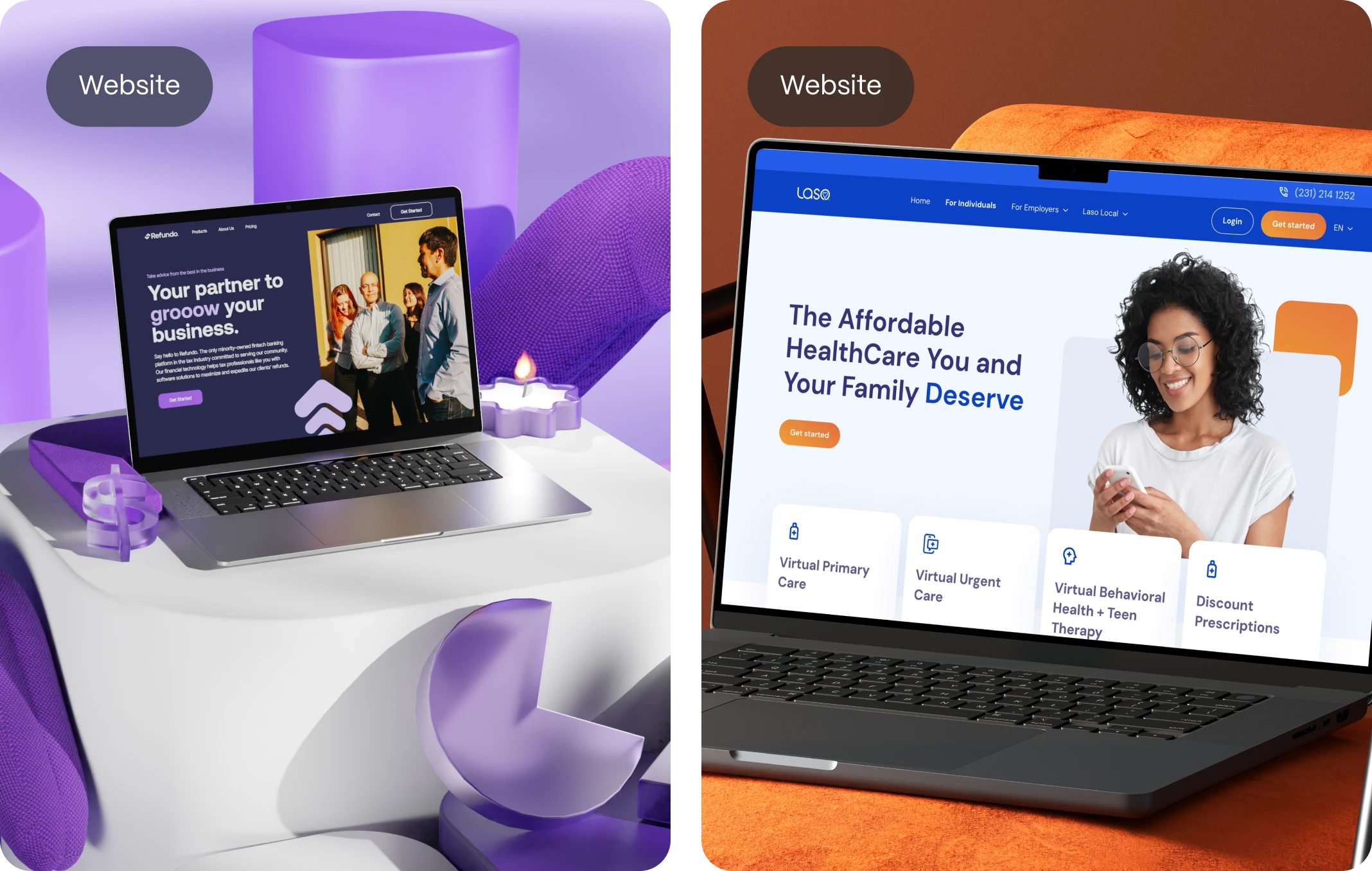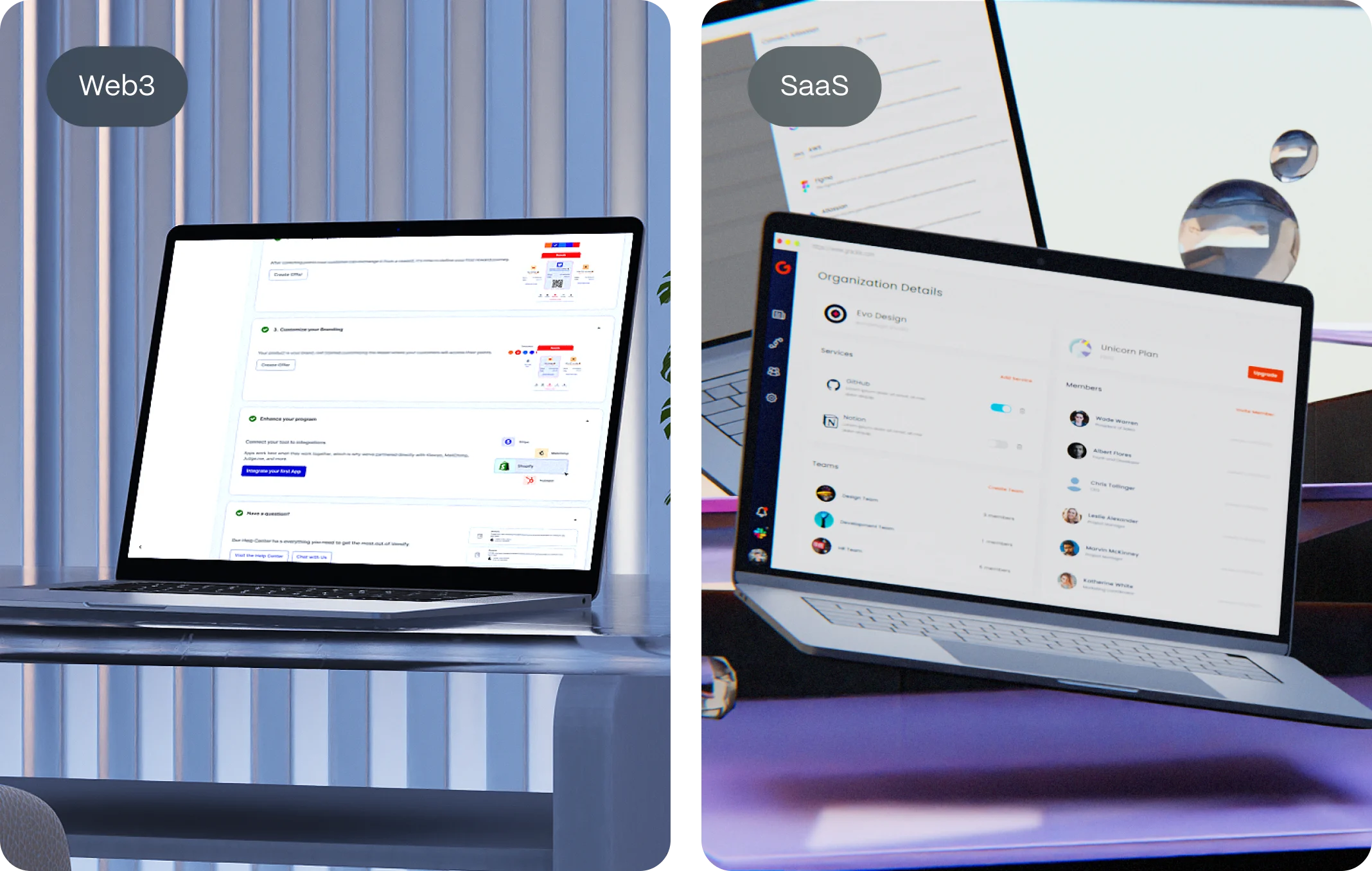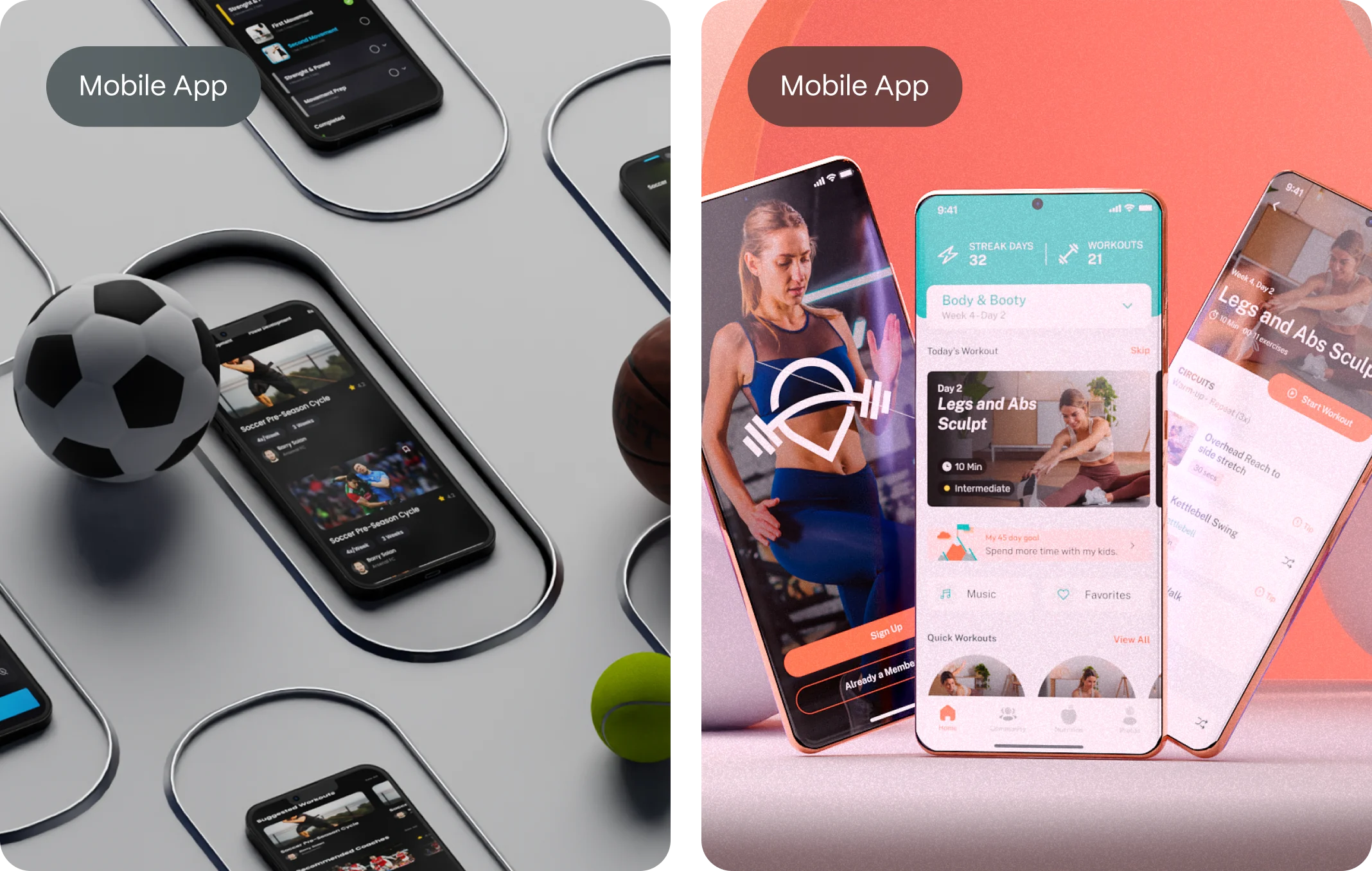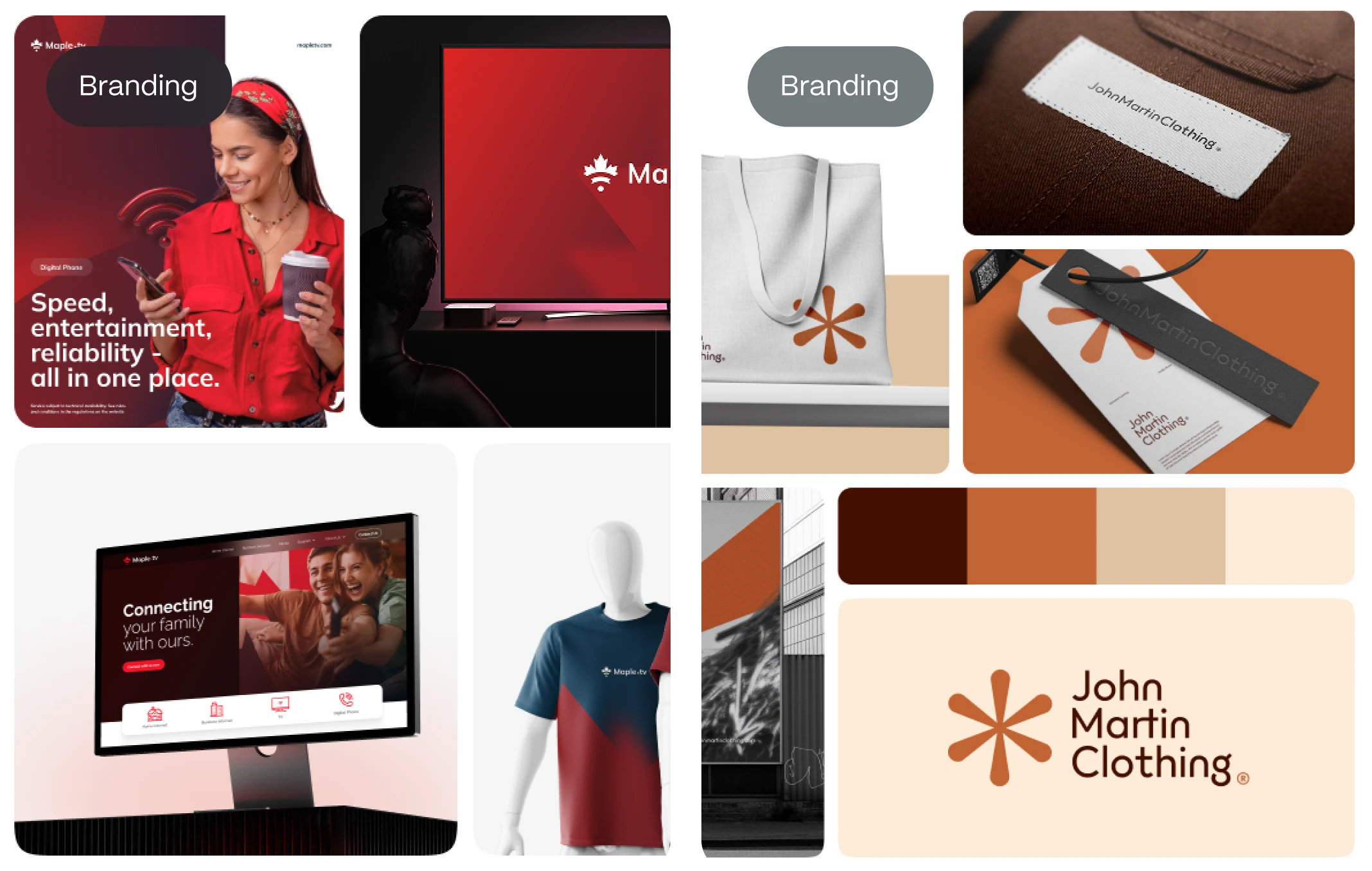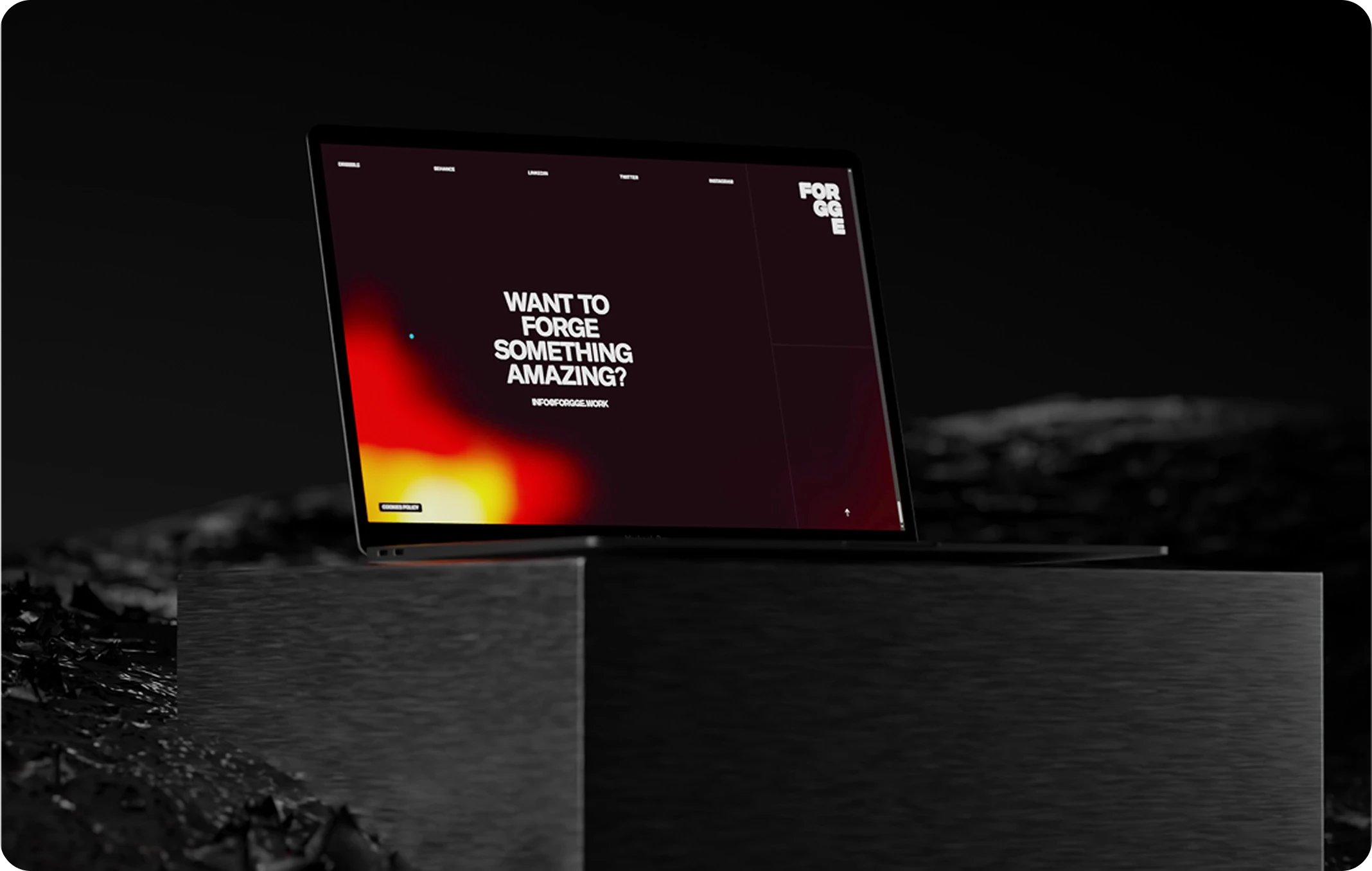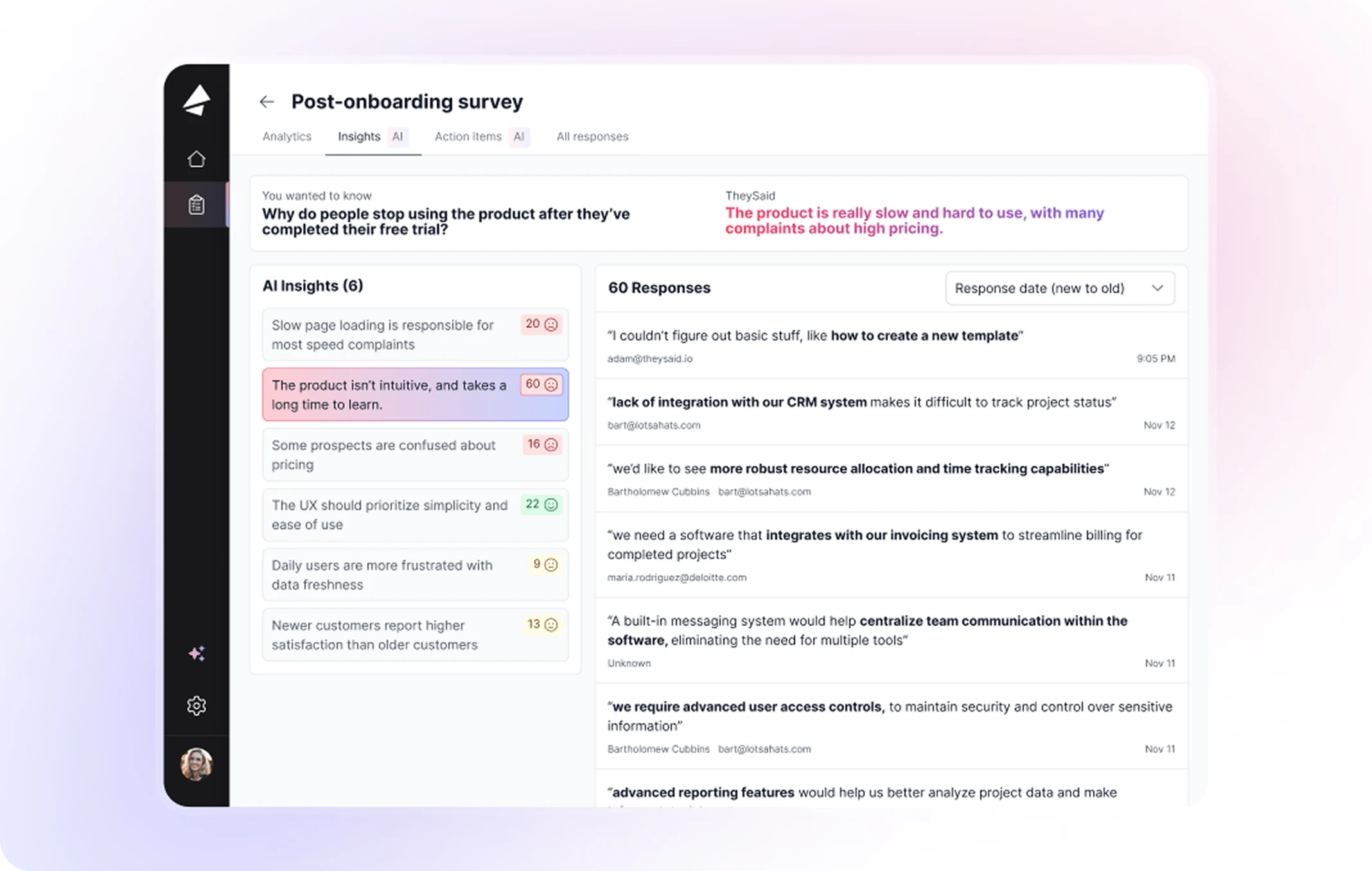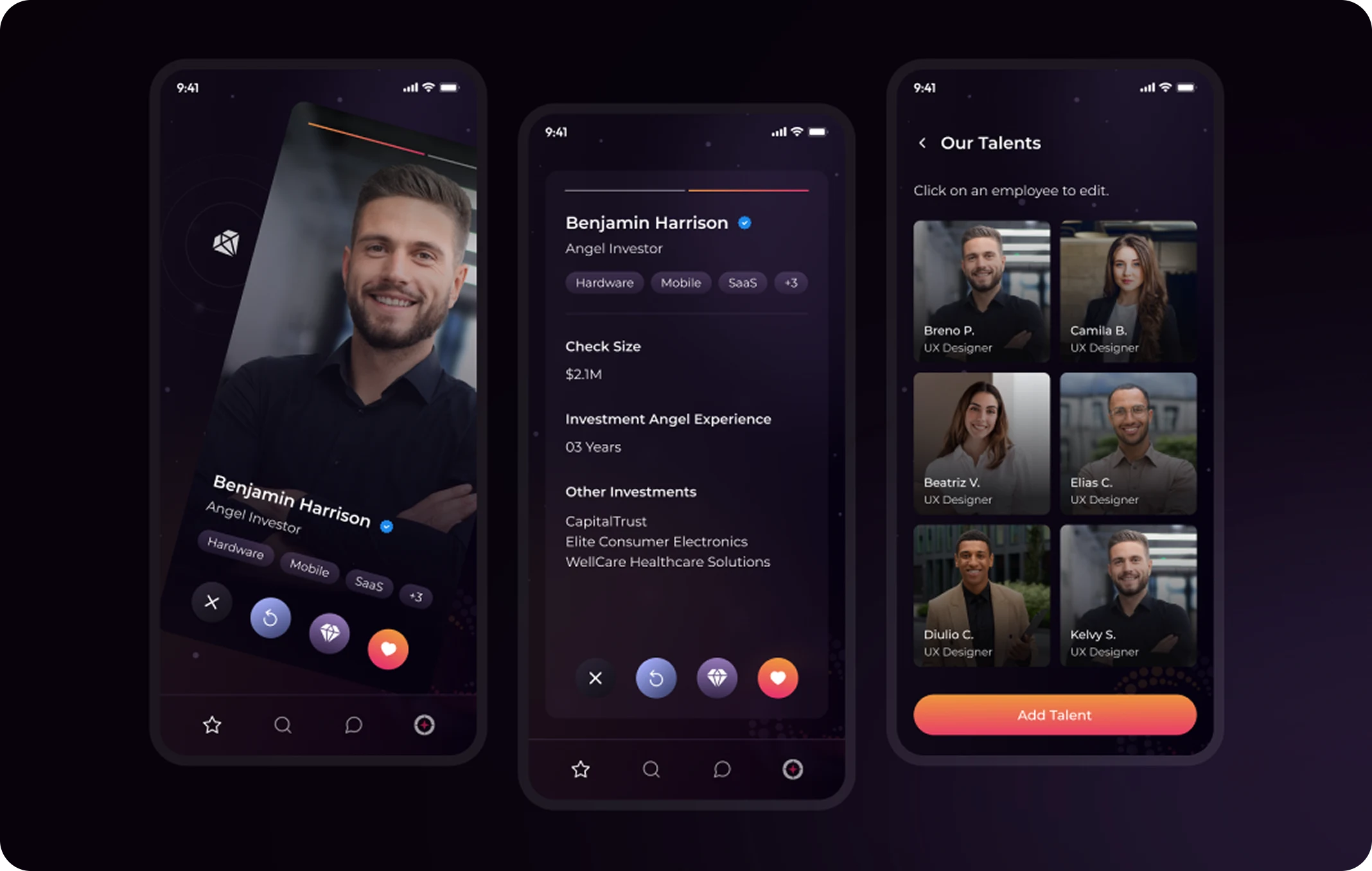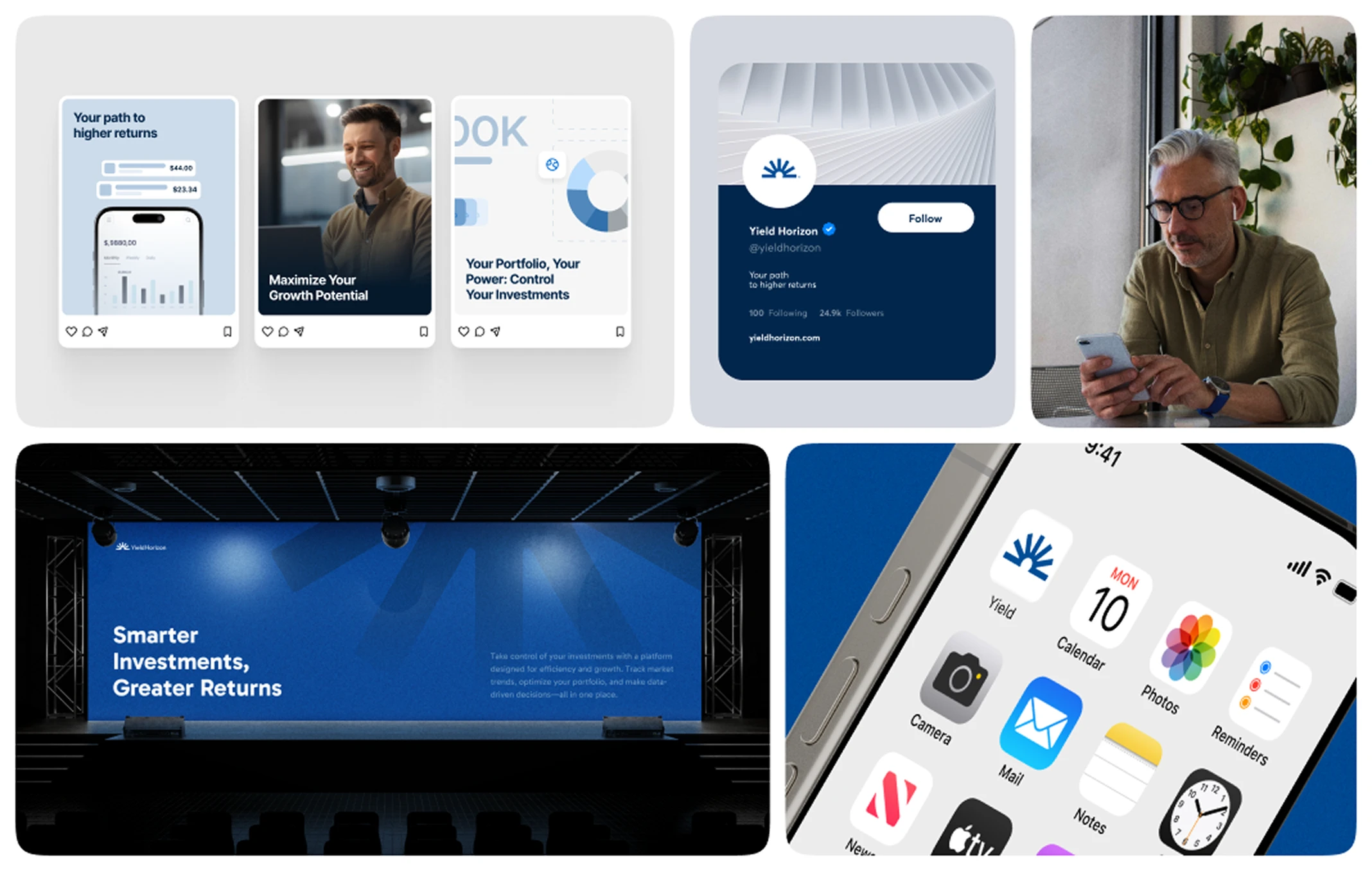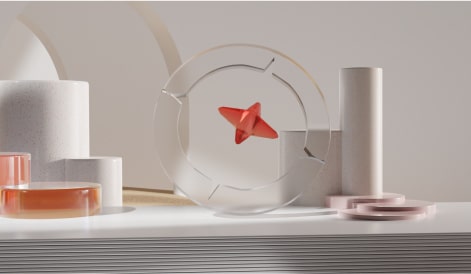Imagine opening an app for the very first time. You’re curious, maybe hopeful. You tap. You scroll. But something doesn’t click. It’s not that the design is ugly—it’s just… confusing. You hesitate. You close the app. Now imagine your potential users doing the same—with your product.
In the race to launch, it’s easy to obsess over features, tech stacks, and design trends. But while we’re busy perfecting pixels, real people are simply trying to accomplish something—solve a problem, complete a task, feel understood. They’re not thinking in Figma files or development sprints. They’re thinking in needs, feelings, and frustrations.
This is where User-Centered Design (UCD) steps in—not as a tool, but as a mindset. A way of building that begins and ends with empathy. A way of seeing design not as decoration, but as a bridge between human intent and digital clarity.
At Evo Design, we’ve helped startups transform from “pretty products with high churn” into platforms people actually enjoy using—and keep coming back to. We’ve seen how UCD sharpens MVPs, clarifies roadmaps, and most importantly, earns trust. Because when your product feels like it was made for them, users don’t just use it. They advocate for it.
In this guide, we’ll unpack what User-Centered Design truly means, why it matters more than ever in 2025, and how founders like you can apply it strategically to create products that serve people—not just screens.
What Is User-Centered Design (UCD)?
At its core, User-Centered Design (UCD) is an iterative design process that focuses on the needs, behaviors, and preferences of real users at every stage of product development.
Rather than designing based on assumptions, aesthetics, or internal politics, UCD keeps the user’s perspective central from concept to launch (and beyond). It requires ongoing user feedback, empathy-driven research, and constant refinement to ensure the final product is not just usable—but genuinely useful.
UCD isn’t about making something look good. It’s about making it work well—for the people who matter most.
Why User-Centered Design Matters—Especially for Startups
If you’re running a startup, there’s one truth you can’t afford to ignore: Your product is only as good as your users’ experience of it.
Too often, founders focus on building “more features” or launching faster—only to discover users feel confused, overwhelmed, or disconnected. The result? Low retention, weak engagement, slow growth.
UCD solves this by helping you:
✅ Build products people actually need (not just what you think they want)
✅ Uncover pain points before they become support tickets
✅ Design onboarding flows that guide rather than frustrate
✅ Create brand trust through consistency and clarity
✅ Improve usability, accessibility, and satisfaction
According to Forrester, a well-designed user interface could increase your website’s conversion rate by up to 200%, and better UX design could yield up to 400% increase in conversion.
User-Centered Design isn’t just a feel-good principle—it’s a growth strategy.
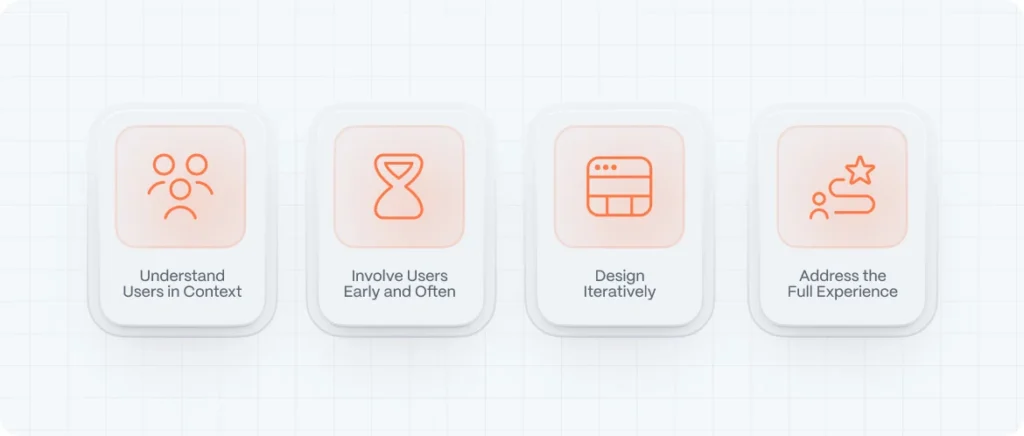
The Four Fundamental Principles of User-Centered Design
UCD is more than just “talking to users.” It’s a framework grounded in four core principles:
1. Understand Users in Context
You don’t just want feedback—you want insight. That means observing, listening, and learning how users think, act, and feel when they interact with your product.
- Conduct interviews
- Run usability tests
- Watch heatmaps and session recordings
- Map customer journeys
2. Involve Users Early and Often
Don’t wait until your MVP is built to ask for feedback. UCD brings users into the process from ideation through iteration. It’s not a phase—it’s continuous collaboration.
- Use rapid prototyping tools
- Share wireframes and clickable demos
- Test copy and micro-interactions
3. Design Iteratively
You’ll never get it perfect the first time. That’s okay. UCD embraces a “test and learn” cycle. Launch small. Listen hard. Improve fast.
- Run A/B Test
- Collect user behavior data
- Prioritize high-friction areas
4. Address the Whole User Experience
Design isn’t just what’s on the screen—it’s everything that surrounds it. That includes support emails, onboarding tutorials, page load times, even 404 errors. UCD ensures consistency and care throughout the entire user journey.
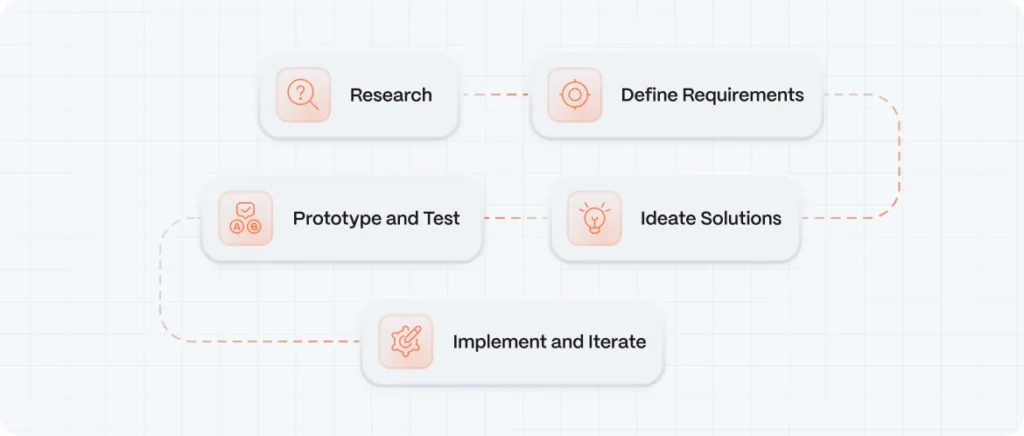
The UCD Process: A Step-by-Step Breakdown
User-Centered Design is typically executed through five stages, though in practice they often overlap and repeat in cycles:
Step 1: Research
This is where empathy is built. Research isn’t just about surveys—it’s about discovering users’ real-world challenges, motivations, and behaviors.
Key Research Methods:
- User Interviews
- Surveys and Polls
- Field Studies
- Competitive Benchmarking
- Analytics Review
- Heuristic Evaluation
Step 2: Define Requirements
Now that you understand the user, define what success looks like—for both the user and the business.
Outputs:
- Personas
- User Stories
- Empathy Maps
- Jobs-To-Be-Done Framework
- Functional Requirements
Goal: Align your product vision with user realities. Create feature lists that reflect value, not vanity.
Step 3: Ideate Solutions
Time to brainstorm—but with purpose. Bring cross-functional teams together to generate user-driven ideas that address the needs uncovered in your research.
Tools & Methods:
- Design Thinking
- Sketching & Wireframing
- Card Sorting
- Flowcharts
- Sitemap Design
Step 4: Prototype and Test
Move from idea to interaction. Prototypes let you test without building. Keep it lean. Focus on validating flows, comprehension, and usability.
Best Tools:
- Figma
- Framer
- Adobe XD
- InVision
- Maze
Testing Methods:
- Usability Testing
- First-Click Testing
- Remote Testing
- Task Completion Rates
- Feedback Sessions
Tip: Don’t seek perfection—seek clarity. Is the user doing what you expected? If not, why?
Step 5: Implement and Iterate
Build with feedback in mind. Track behavior. Stay open to course correction. UCD doesn’t end with launch—it’s about building a feedback loop into your product lifecycle.
Post-Launch UX Metrics:
- Net Promoter Score (NPS)
- Time-on-Task
- Completion Rates
- System Usability Scale (SUS)
- Customer Support Tickets
Founder Takeaway: Design is never “done.” If you’re not learning from users, you’re falling behind.
Examples of UCD Done Right
Airbnb
In its early days, Airbnb founders realized people didn’t trust renting from strangers. They embedded user feedback loops into the platform: high-resolution photos, host bios, reviews, and verification—all born from observing real hesitations in real people.
Slack
Slack didn’t become beloved by accident. Its UX team obsessively studied how teams communicate, resulting in a product that feels fluid, frictionless, and fun. UCD drove their decisions—especially around onboarding and empty state design.
Common Mistakes When Applying UCD
Even with the best intentions, founders and teams can fall into traps. Here’s what to avoid:
❌ Designing for yourself (or your team)
❌ Relying only on quantitative data
❌ Delaying user testing until post-MVP
❌ Ignoring edge cases and accessibility
❌ Falling in love with a solution before validating the problem
How to Introduce UCD into Your Startup Culture
If you’re a founder, this part is crucial. UCD isn’t just a designer’s responsibility. It’s a company-wide philosophy that needs leadership buy-in and cross-functional support.
- Start with One HabitRun a usability test every Friday. Or ask for feedback after each sprint. Build momentum through routine.
- Empower Your TeamGive your developers access to user recordings. Let your marketing lead join research calls. Blur the lines.
- Make It VisibleDisplay insights, quotes, or journey maps where everyone can see. Remind your team who they’re building for.
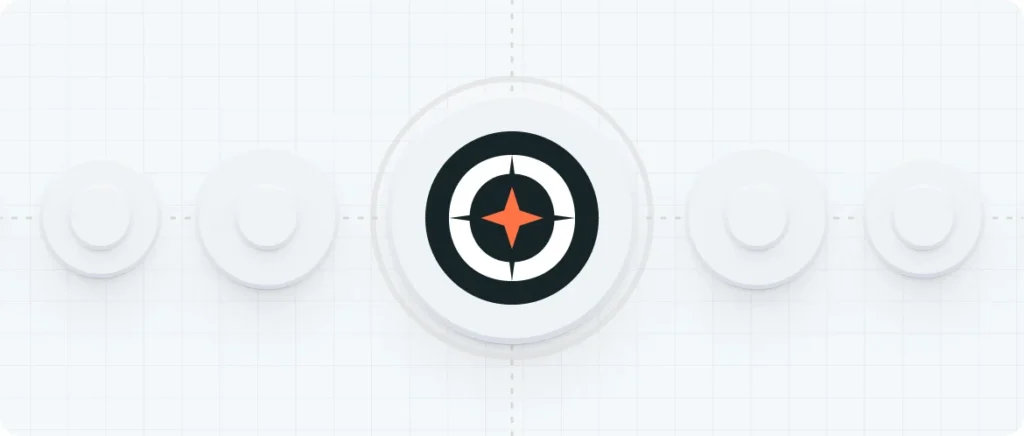
Need Help Embedding UCD in Your Product Strategy?
At Evo Design Studio, we help startups bring UCD principles to life—with agile strategy, intentional design, and research that reveals what your users actually need.
Let’s build something truly user-centered together.

